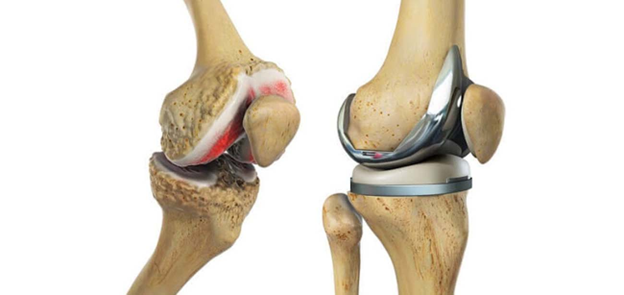Recovering from surgery can be a challenging process, but with the right guidance, it can be more manageable and efficient. Total Knee Replacement (TKR) is a widely performed and highly effective procedure for individuals suffering from severe knee pain due to arthritis or injury. While the surgery addresses the root cause of discomfort, the recovery phase plays an equally important role in restoring mobility and quality of life. Patients often seek ways to speed up their recovery and return to their daily routines. Here are some post-surgery tips recommended by doctors to help ensure a faster and successful recovery after TKR surgery.
Early Post-Surgery Care
Getting the right care immediately after knee surgery is crucial for a smooth recovery. After the operation, rest is vital, but early movement is equally important to help the healing process.
Rest and Movement
During the initial recovery period, rest helps the knee heal, but you also need to start moving the leg gently within 24 hours. This prevents stiffness and promotes blood circulation, which is key to avoiding blood clots. You will likely begin with assisted walking under the guidance of your doctor or physical therapist. Start with short walks, using crutches or a walker, and gradually increase the time as your strength returns.
Pain Management
Pain is expected in the first few weeks after surgery, but it’s manageable with proper medication and techniques. Doctors often recommend medications to reduce discomfort, but non-drug strategies like ice packs and keeping the knee elevated help reduce swelling and pain. Compression socks are also helpful to maintain circulation and prevent swelling. Regularly managing pain will allow you to engage in physical therapy sooner, which speeds up recovery.
Physical Therapy After Surgery
Physical therapy is a must after knee replacement surgery to regain mobility and strength. Without it, the risk of stiffness and delayed recovery increases.
Your physical therapist will guide you through exercises that improve knee flexibility and strengthen the muscles surrounding the joint. The therapy focuses on simple movements like ankle pumps, leg lifts, and gentle knee bends. These exercises reduce stiffness and help restore movement. As your recovery progresses, more advanced exercises will help you regain full range of motion and strength in your knee.
Home Care and Daily Activities
Taking the right steps at home is just as important as hospital care. Here are a few practical tips for your home recovery.
Safe Sleeping Positions
To reduce discomfort and aid recovery, it’s best to sleep on your back with a pillow under your leg to keep it elevated. This position keeps the knee extended, which helps with circulation and healing.
Climbing Stairs Safely
Climbing stairs can be challenging after knee surgery. When climbing, lead with the non-operative leg, followed by the operated one. On your way down, step with your operated leg first, using a cane or the handrail for support. Take things slowly and avoid rushing, especially in the first few weeks.
Daily Movement
Doctors encourage walking and light movement as soon as possible. You should aim to walk several times a day, gradually increasing the duration. Start with 10-minute walks, progressing to longer ones as you build strength. Avoid high-impact activities like running, squatting, or jumping until cleared by your doctor.
Diet and Hydration
Your body needs the right nutrition to heal quickly. Maintaining a balanced diet rich in protein, vitamins, and minerals will promote tissue repair and recovery.
Importance of a Healthy Diet
Focus on foods high in protein to help repair tissues and support muscle recovery. Vitamins C and D are essential for healing, while calcium strengthens bones. In addition, staying hydrated helps flush out toxins, reduces inflammation, and aids the body’s natural healing processes.
Long-Term Recovery and Follow-Up
Recovery from knee surgery goes beyond your hospital stay. Long-term care and regular follow-ups with your doctor are key to ensuring the best outcome.
Follow-Up Appointments
Doctors usually schedule follow-up appointments to monitor healing and ensure the knee joint is functioning well. During these visits, your doctor will check for any complications, such as infections or joint stiffness. Attending these follow-ups is essential for making any necessary adjustments to your recovery plan.
Returning to Normal Activities
While many patients can resume light activities within six weeks, full recovery can take several months. Doctors recommend avoiding high-impact sports and exercises during this time to prevent injury to the new joint. Low-impact activities like swimming, walking, and cycling are ideal for maintaining fitness without putting stress on your knee.
Know more about : Total Knee Replacement Surgery Recovery Tips
Conclusion
Recovering from TKR surgery requires a balance of rest, exercise, and proper care. With the right post-surgical plan, you can speed up your recovery and return to daily life. Stick to your doctor’s advice, follow through with physical therapy, and ensure you manage your home care wisely for a faster and smoother recovery. By staying consistent and cautious, you can regain mobility and enjoy life without knee pain.














